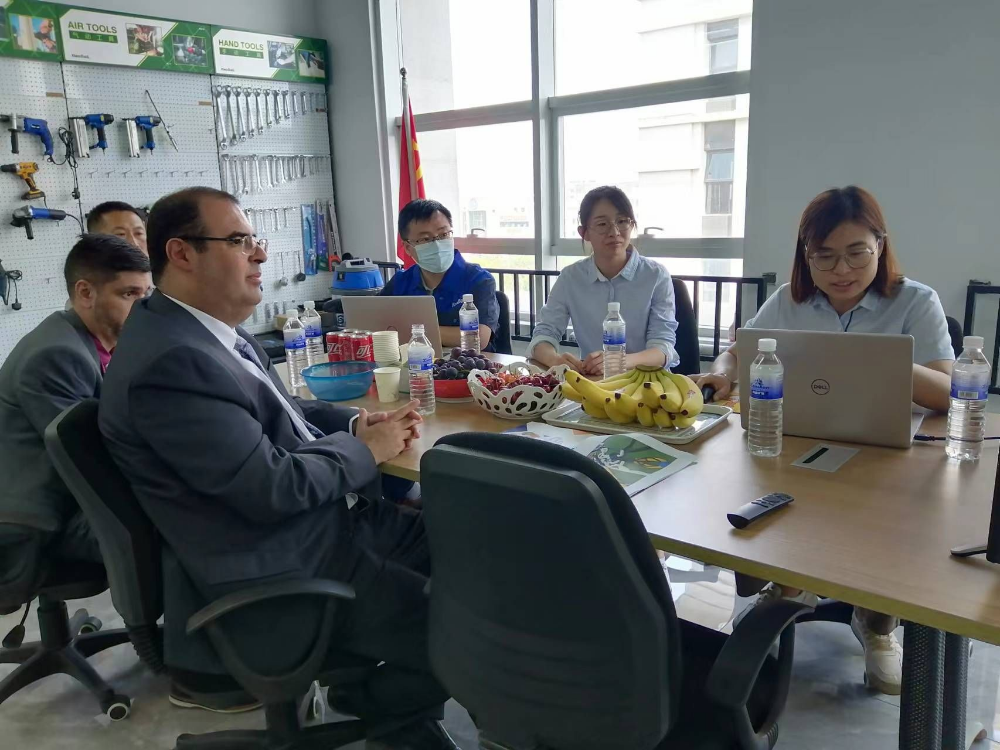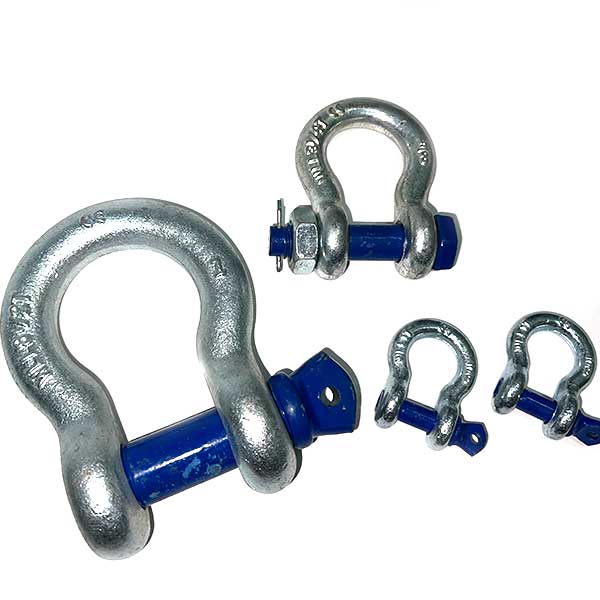There are several common types of end fittings used for sling legs in lifting and rigging operations. The choice of end fitting depends on factors such as the type of sling material, the application requirements, and the load capacity. Here are some commonly used end fittings for sling legs:
Hooks: Hooks are widely used end fittings for sling legs. They come in various designs, such as clevis hooks, grab hooks, and sling hooks. Hooks provide a secure attachment point to the load or to other rigging components.
Shackles: Shackles are commonly used end fittings for sling legs. They are available in different configurations, including screw pin shackles and bolt-type shackles. Shackles offer a strong and reliable connection point for attaching sling legs.
Thimbles and Thimble Eyes: Thimbles are used to protect the sling material, such as wire rope or synthetic rope, from wear and damage at the eye of the sling leg. Thimble eyes are created by looping the sling material around the thimble, providing a reinforced attachment point.
Links and Rings: Connecting links or rings, such as master links or connecting links, can also be used as end fittings for sling legs. They provide a central attachment point for multiple sling legs, allowing for a balanced and secure lifting configuration.
Soft Eyes: Soft eyes are created by forming a loop in the sling material, usually through splicing or sewing, to create an end fitting that can be attached to hooks, shackles, or other connectors. Soft eyes offer flexibility and versatility in attachment options.
Swivel Hooks: Swivel hooks have a rotating mechanism that allows the sling leg to rotate freely, reducing twisting or kinking of the sling during lifting operations. Swivel hooks provide improved load stability and reduced stress on the sling leg.
It is important to note that the selection of the appropriate end fitting should consider factors such as the working load limit, compatibility with the sling material, and compatibility with other rigging components. Additionally, following the manufacturer's recommendations and applicable safety standards is essential to ensure the safe and effective use of end fittings for sling legs.








